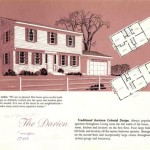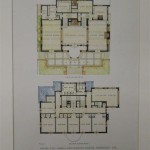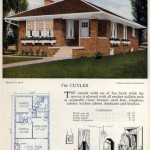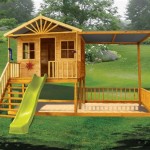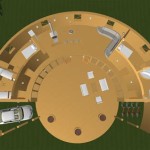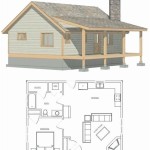A Comprehensive Guide to Azuma House Plan Dimensions: Designing Your Dream Home
When embarking on the journey of designing your dream home, it's crucial to carefully consider the dimensions of your house plan. The Azuma house plan, known for its spaciousness and functionality, offers a well-thought-out layout with ample room for everyday living and entertaining. Understanding the intricacies of the Azuma house plan dimensions is essential for creating a home that meets your specific needs and preferences.
Overall Dimensions
The Azuma house plan typically features a rectangular footprint, providing a generous amount of living space. The overall dimensions vary depending on the specific design, but the standard width ranges from 75 to 80 feet, while the length can extend up to 100 feet or more. These spacious dimensions allow for a comfortable and open floor plan with ample room for furniture, appliances, and décor.
Main Living Area
The main living area is the heart of the Azuma house plan. It comprises the living room, dining room, and kitchen, all seamlessly connected to create a welcoming and inviting space. The living room typically measures around 20 feet by 20 feet, providing ample seating space for family and guests. The dining room is often adjacent to the kitchen, with dimensions around 12 feet by 14 feet, allowing for a comfortable dining table and chairs.
Kitchen
The kitchen in the Azuma house plan is designed to be both spacious and efficient. It typically features an L-shaped layout, with ample counter space and a large center island for food preparation and storage. The island often measures 10 feet by 4 feet, providing additional seating and storage options. The kitchen typically spans around 15 feet by 12 feet, providing enough room for appliances, a pantry, and a breakfast nook.
Bedrooms and Bathrooms
The Azuma house plan offers multiple bedrooms and bathrooms to accommodate different family sizes and lifestyles. The master bedroom is typically positioned at one end of the house, ensuring privacy and separation. It usually measures around 15 feet by 18 feet, providing ample space for a king-sized bed, dressers, and a seating area. The master bathroom is often en-suite and features a walk-in closet. Additional bedrooms range in size from 12 feet by 14 feet to 10 feet by 12 feet, allowing for flexible furniture arrangements and storage options.
Exterior Dimensions
The exterior dimensions of the Azuma house plan contribute to its overall appeal and functionality. The front elevation typically showcases a welcoming porch or entryway, with dimensions around 8 feet by 12 feet. The garage is often located on the side or rear of the house and typically measures 20 feet by 20 feet, providing ample space for two or more vehicles. The exterior dimensions should be carefully considered in relation to the size of the lot and the desired outdoor living areas.
Design Flexibility
While the Azuma house plan provides a well-defined layout, it offers flexibility for customization to suit individual preferences. The dimensions of each room can be adjusted to accommodate specific furniture or décor. The floor plan can also be modified to include additional features such as a home office, a playroom, or a bonus room. It's advisable to work with an experienced architect or builder to explore the possibilities and create a truly personalized dream home.
Conclusion
The Azuma house plan dimensions provide a comprehensive framework for designing a spacious and functional home. Understanding the intricacies of these dimensions is essential for creating a living space that meets your family's needs and enhances your everyday life. By carefully considering the overall dimensions, main living area, kitchen, bedrooms, bathrooms, exterior dimensions, and design flexibility, you can create a dream home that is both comfortable and stylish.

Azuma Medidas Wikiarquitectura

Row House In Sumiyoshi Azuma By Tadao Ando The Strength Of Architecture From 1998

Row House In Sumiyoshi Azuma By Tadao Ando The Strength Of Architecture From 1998

Azuma House Tadao Ando In Autocad Cad 362 97 Kb Bibliocad

Row House In Sumiyoshi Azuma By Tadao Ando The Strength Of Architecture From 1998

Azuma House Dwg Free Colaboratory

Azuma House Dwg Free Colaboratory

Row House In Sumiyoshi Azuma By Tadao Ando The Strength Of Architecture From 1998

Tadao Ando Azuma House

Azuma House Row Jae Bin Lee


